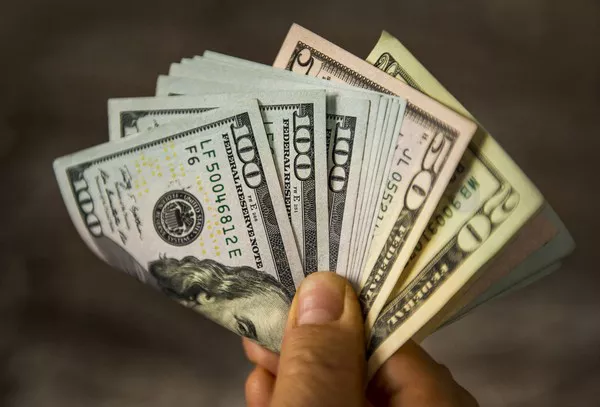The US dollar, denoted by the symbol “$” and currency code “USD,” is one of the most widely recognized and influential currencies in the world. As the official currency of the United States, it serves as a benchmark for international trade, reserve currency, and a medium of exchange in various global transactions. Beyond the borders of the United States, several other countries have adopted the US dollar as their official or de facto currency. In this article, we will explore the reasons behind the widespread use of the US dollar in other countries, the benefits and challenges associated with dollarization, and the impact on their economies.
1. Dollarization:
Dollarization refers to the adoption of a foreign currency, predominantly the US dollar, as the official currency in a country alongside or instead of its domestic currency. This decision is often driven by various factors, including economic stability, inflation concerns, and the desire to boost investor confidence. Dollarized countries typically use US dollar banknotes and coins for day-to-day transactions and as a unit of account.
2. Countries with Full Dollarization:
Some countries have fully embraced the US dollar as their official currency, eliminating their domestic currency altogether. Notable examples of fully dollarized countries include:
a. Ecuador: In the year 2000, Ecuador abandoned its domestic currency, the sucre, and adopted the US dollar as its official legal tender. This move aimed to stabilize the country’s economy and restore investor confidence amid severe inflation and economic instability.
b. El Salvador: In 2001, El Salvador adopted the US dollar as its official currency, ending its use of the Salvadoran colón. Dollarization in El Salvador aimed to attract foreign investment, promote price stability, and facilitate international trade.
3. Countries with Partial Dollarization:
In some countries, dollarization occurs partially, where the US dollar is used alongside the domestic currency for certain transactions, particularly in high-value ones or international trade. Notable examples of countries with partial dollarization include:
a. Panama: While Panama has its official currency, the Panamanian balboa, it also uses the US dollar as legal tender. Both currencies have equal status and are commonly used in daily transactions.
b. Zimbabwe: Due to hyperinflation and the collapse of its domestic currency, Zimbabwe adopted a multi-currency system, with the US dollar being one of the currencies in circulation. The US dollar became a preferred medium of exchange for many Zimbabweans.
4. Benefits of Dollarization:
Countries that adopt the US dollar or partially dollarize their economies often experience various benefits:
a. Price Stability: The US dollar is known for its stability compared to some domestic currencies prone to inflation. Dollarization can help stabilize prices and prevent rapid devaluation.
b. Attracting Investment: Dollarization can enhance investor confidence, attracting foreign direct investment and promoting economic growth.
c. Ease of Trade: Using a widely recognized and accepted currency like the US dollar simplifies international trade and cross-border transactions.
d. Reduced Transaction Costs: Dollarization eliminates exchange rate volatility and related transaction costs, making trade and investment more efficient.
5. Challenges of Dollarization:
While dollarization can offer advantages, it also presents certain challenges:
a. Monetary Policy Constraints: Dollarized countries give up their ability to conduct independent monetary policy, as they cannot control the money supply or interest rates.
b. External Shocks: Dollarized economies can be vulnerable to external economic shocks or changes in US monetary policy, which can impact their domestic economy.
c. Loss of Seigniorage: Countries that fully dollarize lose seigniorage, the profit earned from issuing and controlling their domestic currency.
6. Impact on the US:
The widespread use of the US dollar in other countries has both direct and indirect effects on the United States:
a. Increased Demand for US Currency: Dollarization increases the demand for US banknotes and coins, contributing to seigniorage income for the US government.
b. Influence in Global Finance: The US dollar’s dominance in international transactions enhances the country’s role in global finance and trade.
c. Exchange Rate Impact: The use of the US dollar in dollarized economies can influence exchange rates and trade flows between the US and these countries.
Conclusion:
The US dollar’s global prominence has led several countries to adopt it, either fully or partially, as their official or de facto currency. Dollarization offers benefits such as price stability, enhanced investor confidence, and ease of international trade. However, it also presents challenges, including the loss of monetary policy independence and vulnerability to external economic shocks. For countries considering dollarization, careful consideration of the economic and social implications is essential. While the US dollar’s influence in the global financial landscape is undeniable, its role as a widely accepted currency continues to shape economies and trade relationships worldwide.


